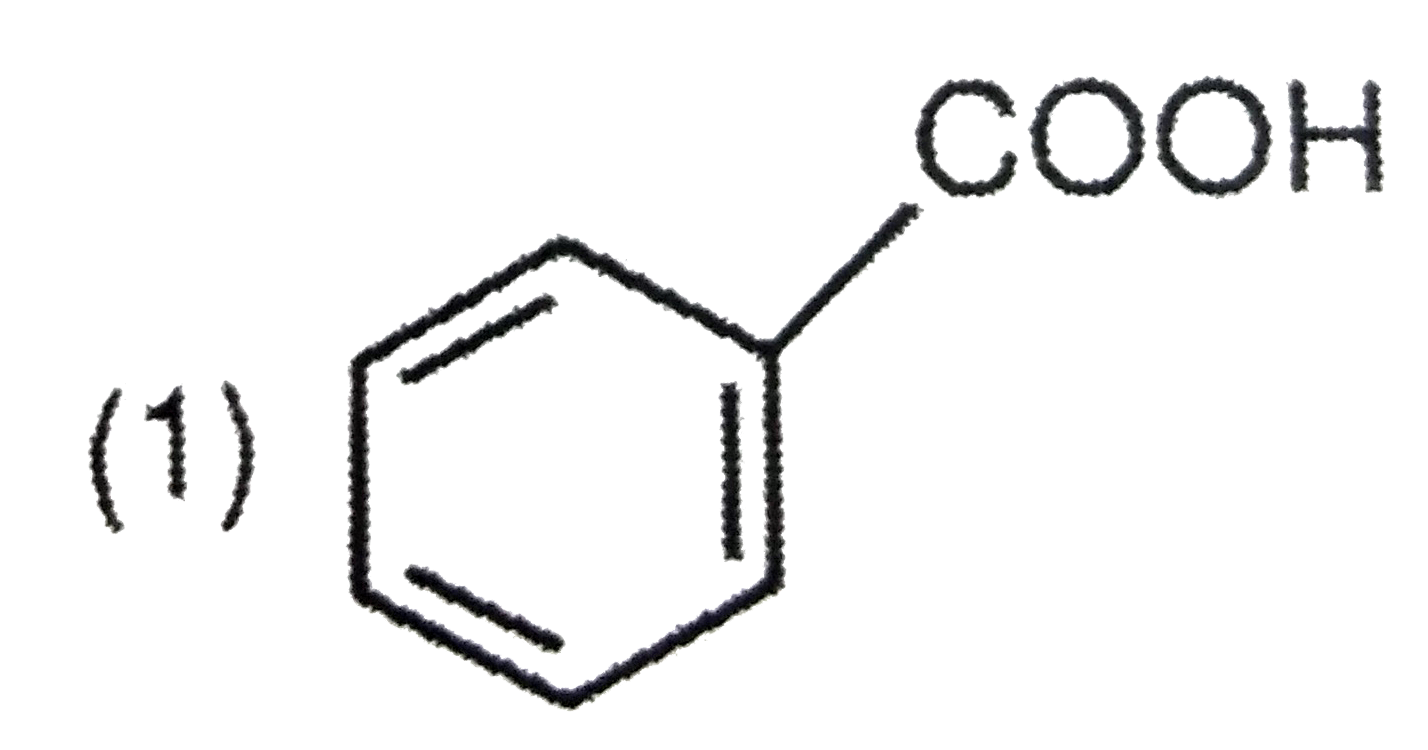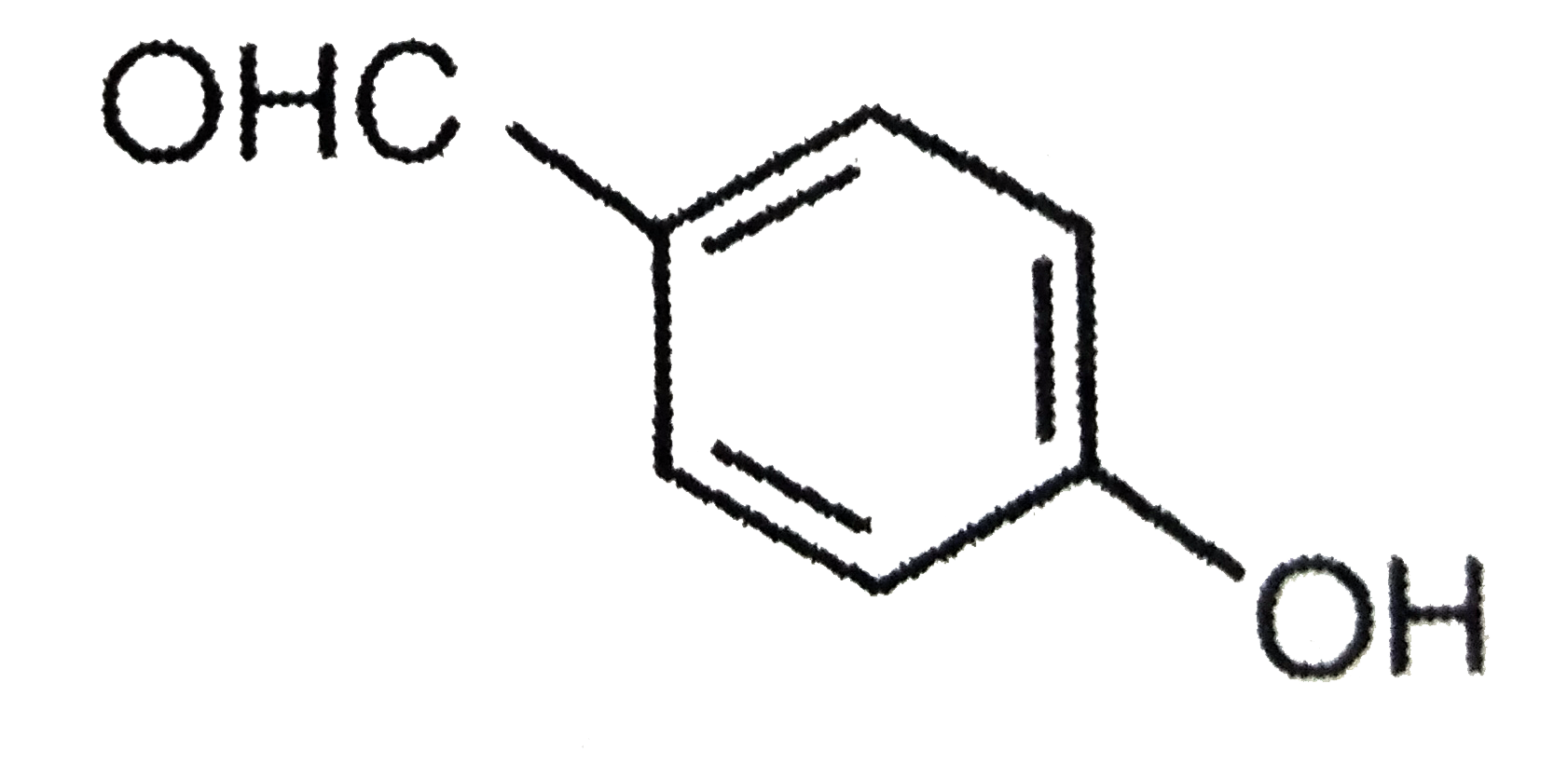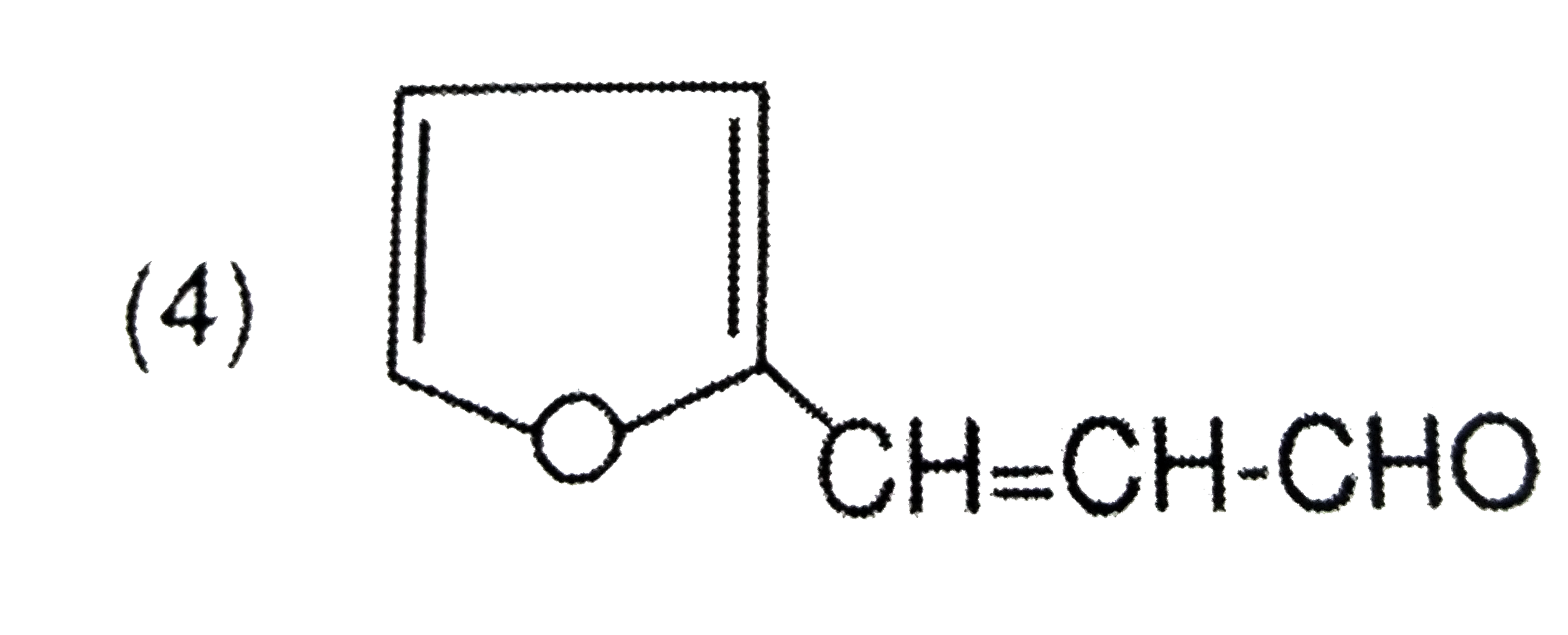A hydrocarbon C3H6 (A) reacts with HBr to form compound (B). Compound (B) reacts with aqueous potassium hydroxide to give (C) of molecular formula C3H8O. What are (A) (B) and (C ). Explain the reactions.

(i)The hydrocarbon with molecular formula C3H6 (A) is identified as propene.
CH3−CH=CH2.
(ii) Propene reacts with HBr to form bromopropane CH3−CH2−CH2Br as (B).

(iii) 1-bromopropane react with aqueous potassium hydroxide to give l-propanol CH3−CH2−CH2OH as (C ).
(iv) 2-bromo propane reacts with aqueous KOH to give 2-propanol as (C)

Topper's Solved these Questions
- HALOALKANES AND HALOARENESBOOK - FULL MARKSCHAPTER - HALOALKANES AND HALOARENESEXERCISE - Evaluate Yourself
8 Videos
- HALOALKANES AND HALOARENESBOOK - FULL MARKSCHAPTER - HALOALKANES AND HALOARENESEXERCISE - Additional Questions Solved (Choose the correct answer)
29 Videos
- HALOALKANES AND HALOARENESBOOK - FULL MARKSCHAPTER - HALOALKANES AND HALOARENESEXERCISE - Additional Questions Solved (5-Marks Questions)
15 Videos
- FUNDAMENTALS OF ORGANIC CHEMISTRY BOOK - FULL MARKSCHAPTER - FUNDAMENTALS OF ORGANIC CHEMISTRY EXERCISE - Additional Questions Solved (5-Marks Questions)
15 Videos
- HYDROCARBONSBOOK - FULL MARKSCHAPTER - HYDROCARBONSEXERCISE - Additional Question Solved (5 mark question )
15 Videos
Similar Questions
An aromatic compound 'A' having molecular formula C7H6O2 on treating with aqueous ammonia and heating forms compound 'B'. The compound 'B' on reaction with molecular bromine and potassium hydroxide provides compound 'C' having molecular formula C6H7N. The structure of 'A' is
View SolutionAn aromatic compound 'A' having molecular formula C7H6O2 on treating with aqueous ammonia and heating forms compound 'B'. The compound 'B' on reaction with molecular bromine and potassium hydroxide provides compound 'C' having molecular formula C6H7N. The structure of 'A' is
View Solution
Knowledge Check
An aromatic compound 'A' having molecular formula C7H6O2 on treating with aqueous ammonia and heating forms compounds 'B'. The compound B on reaction with molecular bromine and potassium hydroxide provides compound 'C' having molecular formula C6H7N. The structure of 'A' is :
A B
B C
C D
D
An organic compound A of molecular formula C2H4, on reduction gives another compound B of molecular formula C2H6 .B on reaction with chlorine in the presence of sunlight gives C of molecular formula C2H5CI .
The compounds A, B and Care:AA: ethene B: ethane C: chloroethaneBA: ethane B: ethyne C: chloromethaneCA: ethyne B: ethane C: chloroethaneDA: ethene B: ethyne C: chloroethane
An organic compound A(C3H6O)is resistant to oxidation but forms compound B(C3H8O) on reduction which reacts with HBr to form the bromide (C). C forms a Grignard reagent which reacts with A to give D(C6H14O). Give the structures of A, B, C and D and explain the reactions involved.
View SolutionA neutral organic compound A of molecular formula C2H6O on heating with excess of conc. H2SO4 gives compound B of molecular formula C2H4. Compound B on reduction gives compound C of molecular formula C2H6.
(a) Name A, B and C.
(b) Write chemical equation for the conversion of A to B.
(c) What is the role of conc H2SO4 in the above equation.
View SolutionA neutral organic compound A of molecular formula C2H6O on heating with excess of conc. H2SO4 gives compound B of molecular formula C2H4. Compound B on reduction gives compound C of molecular formula C2H6.
(a) Name A, B and C.
(b) Write chemical equation for the conversion of A to B.
(c) What is the role of conc H2SO4 in the above equation.
View SolutionPrimary alkyl halide C4H9Br (A) is reacted with alcoholic KOH to give compound (B). The ompound (B) is reacted with HBr to give (C) which is an isomer of compound (A). Write the structures of the compounds (A), (B) and (C).
View SolutionIodoform gives a precipitate with AgNO3 on heating while CHCl3 does not. ?
Why ?
View SolutionA compound (A) with molecular formula C4H10O reacts rapidly with metallic sodium but reacts very slowly with Lucas reagent. (A) when treated with hot concentrated H(2)SO4gives a compound (B) ,C4H8 on hydration with aqueous H2SO4 forms a compound (C ) with moolcular formula C4H10O. (C ) is almost inert to metallic sodium but reacts readily with Lucas reagent. What are (A),(B) and (C ) ? Explain the reactions involved.
View Solution
